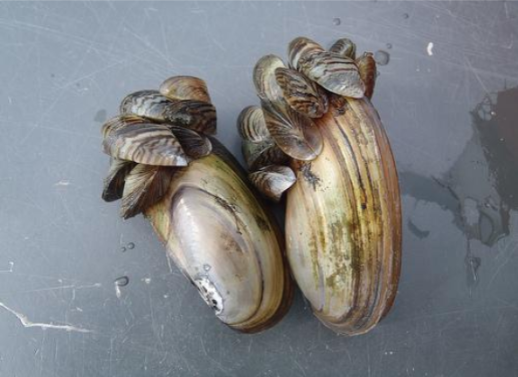Aquatic Invasive Species
Measuring what matters: Shared goals
Aquatic invasive species (AIS) have an impact on nearly every beneficial aspect of the Great Lakes. Stakeholders recognize that effective AIS prevention and control is needed to protect coastal industries, water quality, ecosystems, and human health. Federal, state, and provincial agencies are making binational commitments to protect the Great Lakes from harmful AIS. Working with representatives from these agencies and other partners, Blue Accounting is tracking progress toward preventing AIS introduction and spread as well as minimizing the harmful impacts of already-established AIS.
What we do
Blue Accounting tracks progress on efforts to: stop species introduction and spread through priority pathways including live trade and recreational boating; implement a regionally coordinated program to detect new species; and control populations of harmful invasive species across the region.
Through Blue Accounting, decision-makers will understand how current strategies are addressing regional AIS prevention and control goals.
What we measure
Blue Accounting reports relevant data on aquatic invasive species management, focusing on efforts to prevent the introduction of AIS, detect and respond to any new AIS, and control existing AIS populations. Data are directly measured by governments and partners.

Invasive zebra mussels attached to native mussels
